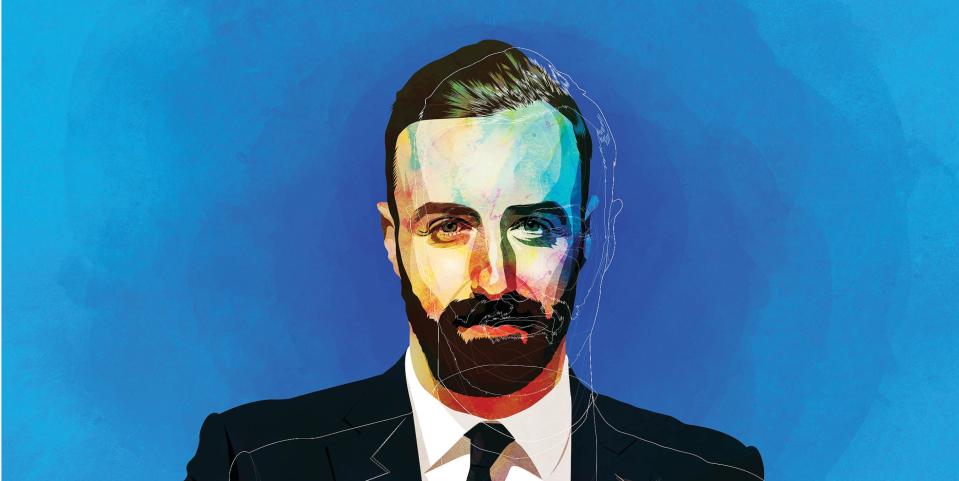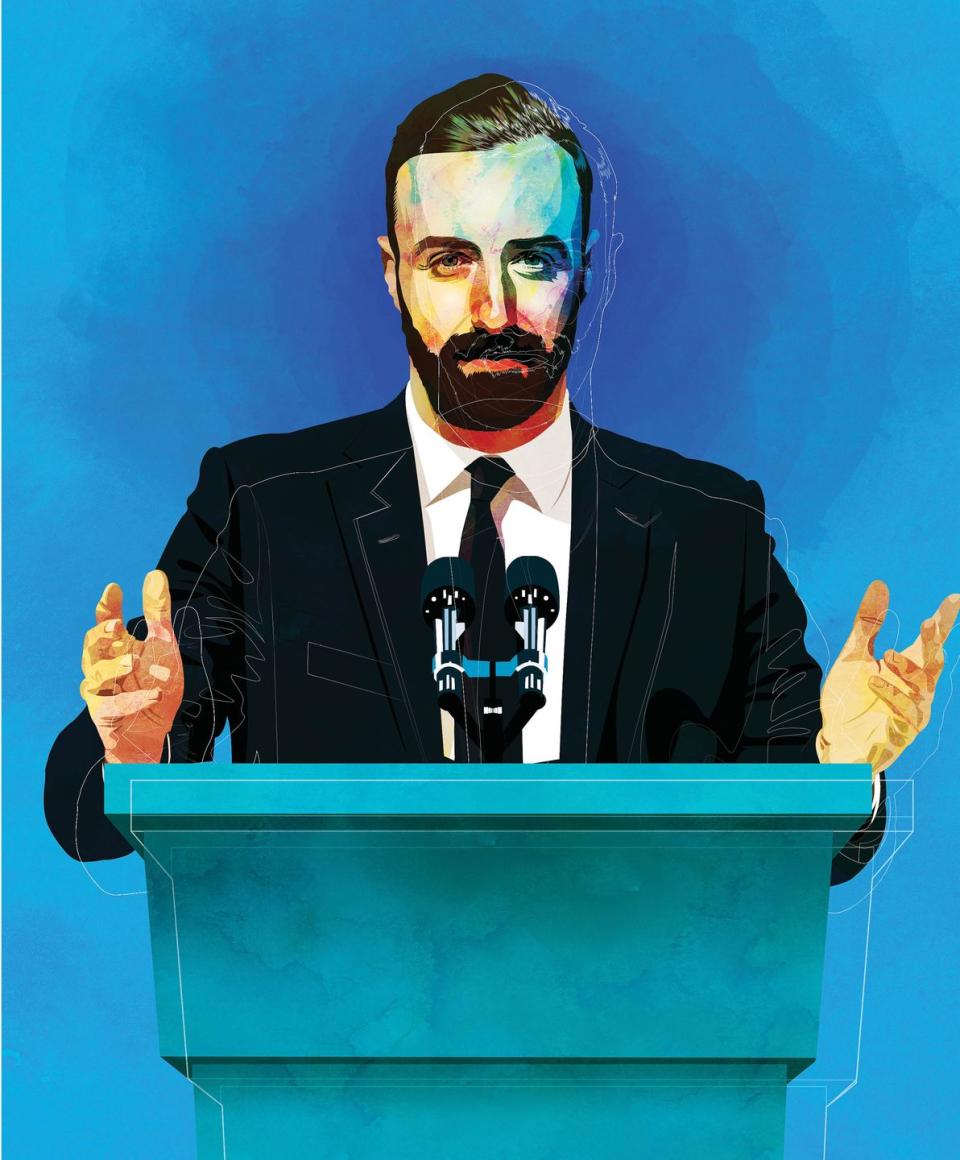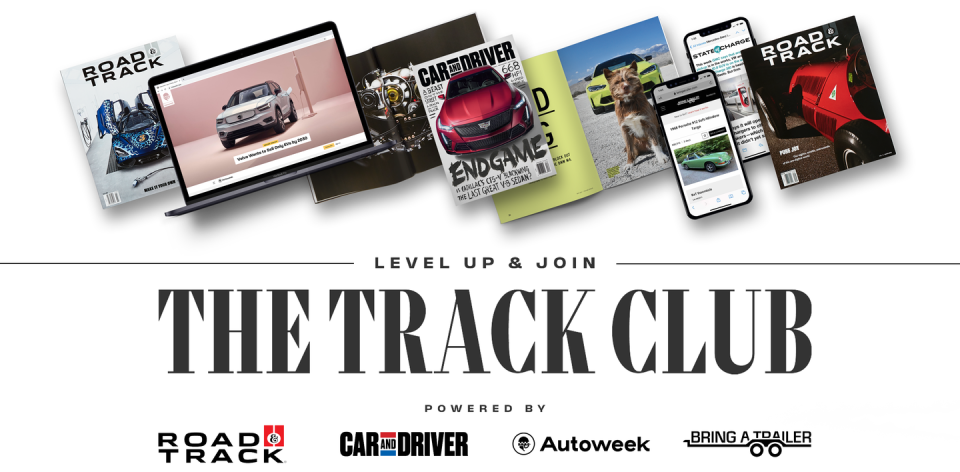James Hinchcliffe Explains Why IndyCar Is Still the Best-Kept Secret in Sports


The 2022 NTT Indycar season has been nothing short of spectacular. This season, the series matched records set 60 years ago with nine different pole sitters in the first nine races. There are genuinely 15 drivers who could win each weekend, and late in the season, the top six drivers were separated by less than a single win’s haul of points. To put that in perspective for all the Drive to Survive–ers, Max Verstappen could have skipped two grands prix this summer and still have been leading the F1 championship come fall.
This story originally appeared in Volume 13 of Road & Track.
SIGN UP FOR THE TRACK CLUB BY R&T FOR MORE EXCLUSIVE STORIES
The competition on track is better than ever in IndyCar. Car counts are higher and healthier than we’ve seen for decades, and new hybrid powertrain regulations in 2024 should add to the series’s appeal. What about the events themselves? The Indy 500 was a near sellout, we had enormous crowds at Long Beach, and Toronto saw its biggest crowd since the late Nineties. Thanks to a herculean effort from Penske Entertainment and title partner Hy-Vee, Iowa set attendance records and a new standard for race promotion. Add in known crowd favorites at Nashville and Gateway, and things are looking strong.
Of course, some races lack the allure and attendance of the past. We still have a gap in the Northeast, and there were some pre-Texas rumblings that we might be headed to the 1.5-mile oval for the last time. That tone changed slightly after the most entertaining race since the track’s 2017 repaving and re-profiling. Sprucing up an event to Iowa-like levels takes a committed partner. Hopefully, Texas’s improved raciness piques the interest of a company that could fill that role. The series cannot afford to lose another oval.
IndyCar has the best on-track product on four wheels (my unbiased opinion), healthy car counts, and seemingly increasing sponsorship, yet its fan base seems largely unchanged. The series has added many valuable official partnerships, but few have moved the needle in terms of fan growth. A high-level exec from a former IndyCar sponsor once told me that IndyCar racing was the best-kept secret in sports. That was 12 years ago. Sadly, that is still the feeling among many in the paddock.
NBC and the series have made huge strides in getting 14 of the 17 races on network television, and the network does an outstanding job covering the weekend action (as unbiased an opinion as I, a member of said broadcast team, can offer!). While some races have certainly seen meaningful jumps in viewership, others have delivered lower ratings than expected. Many factors are at play here, and other sports have felt the same effect, but one can’t help but think that the overall marketing strategy of the series needs a rethink.
Look at Formula 1. Its explosion in popularity since Liberty Media’s takeover has been astounding. This hasn’t come from closer racing. Yes, the 2022 rules package made the cars look and race better, but the action still pales in comparison to what IndyCar offers fans. Netflix has pumped up F1’s tires, but how long will that last? How many fans of DTS will stick around for life? Netflix aside, F1’s digital-media approach has been incredible. Books could be written about its targeted marketing, which has broadened the appeal of the sport beyond traditional racing fans.

IndyCar has yet to replicate this model, but not through lack of effort. The team at IndyCar works diligently with what it’s given, but it takes money to make money. An investment in itself, in the marketing and digital departments, could yield long-term benefits. IndyCar needs more resources to separate itself from others that currently have the motorsport market cornered. Does IndyCar needs its own Drive to Survive overnight explosion? No. That was a phenomenon impossible to replicate. I truly believe that slow and steady progress is as good a way forward, and it is very achievable.
IndyCar also has a ton of international appeal, and I would love to see the series take advantage of that. Races overseas used to be commonplace, which helped grow IndyCar’s fan base (and helped the teams financially).
IndyCar is doing a lot of things very right, but it can’t expect a good on-track product alone to create a surge in popularity. A focused investment, one that could bring IndyCar’s marketing to a new level, is long past due. It’s the only way to bring the best-kept secret to the masses.
You Might Also Like

 Yahoo Autos
Yahoo Autos 